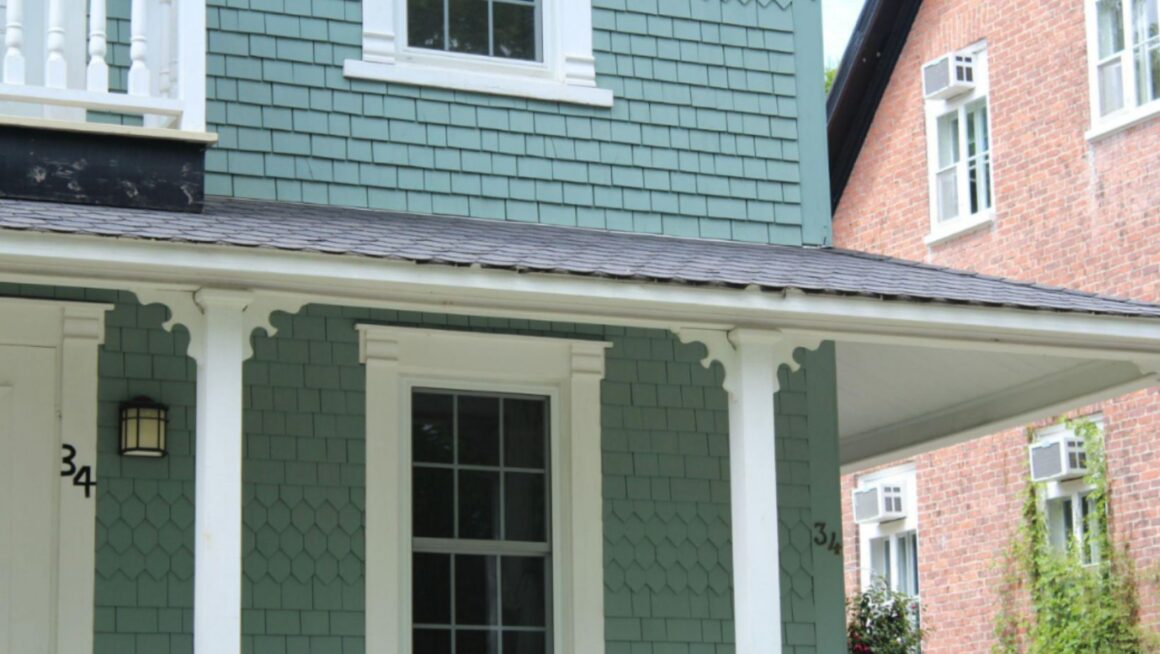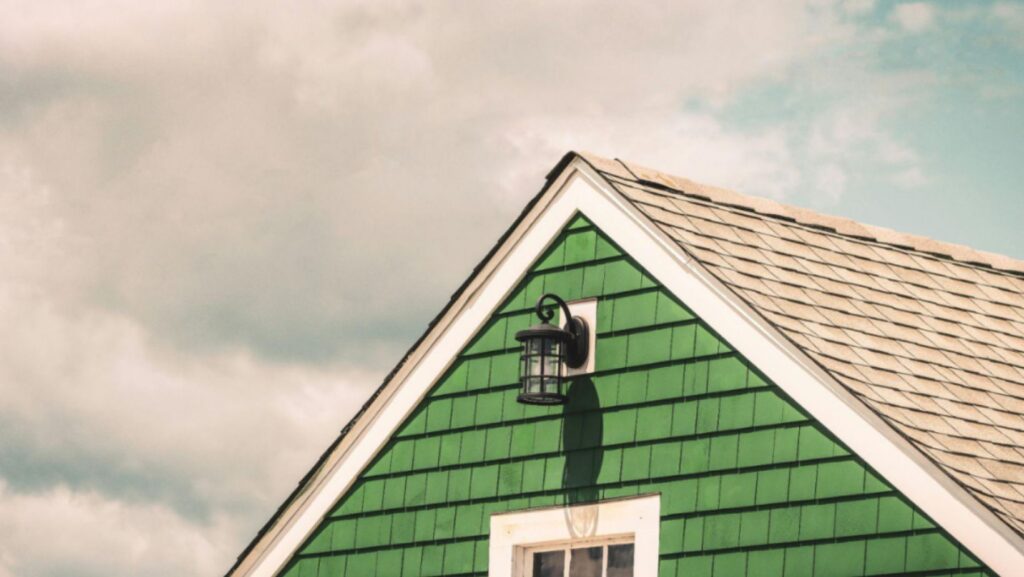First impressions count, and in real estate, they can make or break a sale. The front of your home tells a story long before potential buyers step inside. Whether it’s the clean geometry of your driveway, the glow of your porch lights, or the balance between greenery and architecture, these details quietly shape how your property is perceived.
Even homeowners who work with houses for cash companies understand that curb appeal plays a crucial role in perceived value. A well-maintained exterior doesn’t just draw attention, it communicates care, stability, and pride of ownership. The goal isn’t perfection; it’s personality paired with polish.
So, how do you make sure your home’s exterior stands out for all the right reasons? Let’s explore some designer-approved curb appeal secrets that leave a lasting impression.
1. Design for First Glance: The Power of the Approach
Curb appeal begins before the curb itself, at the very moment visitors or potential buyers first approach your property. Think of this as the “introductory scene” in your home’s visual story.
Homeowners considering houses for cash services can gain from a few small exterior upgrades. Thoughtful details at the entryway, fresh paint, trimmed greenery, or a welcoming path, instantly convey value and attentiveness to anyone viewing the home.
Start with your entry path, it should feel welcoming, safe, and visually continuous. Cracked walkways, uneven lighting, or overgrown plants can subtly signal neglect.
- Pathways: Use consistent materials (stone, brick, or concrete) and align them to natural sightlines leading toward the door.
- Lighting: Solar-powered or low-voltage fixtures highlight steps and edges beautifully at night, adding both safety and ambiance.
- Landscaping: Frame the walkway with plants that bloom seasonally, adding softness and color variation without clutter.
Buyers may not consciously note these details, but they feel them. A cohesive, well-lit path naturally draws people inward, a subconscious invitation to explore further.
2. Color, Contrast, and Character
Your exterior color palette sets the emotional tone. Earthy neutrals, crisp whites, or deep charcoals all tell different stories, and choosing the right combination can make your home pop without overwhelming the eye.
Architects often suggest a 60-30-10 rule for exterior balance:
- 60% primary siding or façade color
- 30% secondary color for trim, shutters, or columns
- 10% accent color for doors or decorative details
Warm woods paired with cool grays or muted greens can convey elegance and calm. If your neighborhood features repetitive tones, consider a slightly bolder front door color (like navy, wine, or teal) to add individuality without breaking harmony.
According to HGTV, even small exterior updates, painting the door, refreshing trim, or replacing dated hardware, can raise perceived home value by up to 7%. Color, when used strategically, creates a signature look that feels curated rather than chaotic.
3. Light the Way: Exterior Illumination with Purpose
Lighting is one of the most overlooked yet transformative elements of curb appeal. Beyond aesthetics, it sets the mood and provides a sense of safety and luxury.
Aim for layered illumination, ambient, task, and accent lighting:
- Ambient: Soft wall sconces or lanterns to wash your façade evenly.
- Task: Focused lights for steps, garage doors, or driveways.
- Accent: Spotlights for trees, architectural features, or textured walls.
Warm white (2700–3000K) lighting creates a more welcoming tone than harsh blue light. It mimics natural sunset hues, which the human eye associates with comfort and hospitality.
Motion-sensor or timer-based lighting systems can also improve energy efficiency and security, two practical benefits modern buyers appreciate.
4. Landscaping That Frames, Not Overwhelms
Your landscaping should complement, not compete with, your home’s structure. Symmetry helps, two potted plants framing the entryway, evenly spaced shrubs, or cleanly edged flower beds bring order and rhythm to the scene.
However, avoid the “botanical overload.” Too many plant varieties can make exteriors feel busy. Instead, repeat select species in clusters to achieve cohesion. Layer heights, taller greenery in the back, shorter blooms in front, to add visual depth.
If you’re short on time or resources, invest in lawn health and texture. A green, freshly cut lawn is still one of the strongest emotional triggers for buyer appeal. It communicates care without a single word. For a finishing touch, mulch garden beds in a dark hue (black or cocoa) to make colors pop and reduce maintenance.
5. The Doorway Statement: Welcoming with Intention
Your front door is your home’s handshake, the transition from public to private, exterior to interior. Its design and upkeep can make a surprisingly big difference.
Replacing an outdated door with a modern, energy-efficient model instantly modernizes the façade. Even just repainting the door in a contrasting hue (deep red, hunter green, or matte black) can project confidence. Add contemporary hardware, a clean welcome mat, and an understated house number to complete the look.
Architectural details around the entrance, such as a portico, light columns, or framed molding, act as visual punctuation. They draw attention where it matters most, turning a standard entryway into an elegant focal point.
6. Modernizing Fixtures and Materials
Curb appeal isn’t just about plants and paint, materials tell a story of quality. Upgrading old fixtures (mailboxes, house numbers, railing finishes) adds subtle polish. Choose cohesive finishes across metal accents, black matte, bronze, or brushed nickel work well in contemporary schemes.
If your home features visible fencing, power-wash and repaint or restain it. Clean lines and uniform color immediately raise perceived value. Similarly, replace old address plaques or door knockers with minimalist designs that feel fresh and current.

For a more structural update, consider accent cladding, stone veneer or wood paneling, on partial walls. It gives depth and texture without the cost of full renovation. These small investments can make an aging exterior feel purposefully designed rather than dated.
7. The Harmony of Maintenance
Finally, the easiest (and often most impactful) curb appeal upgrade costs nothing more than attention. Regular maintenance, washing windows, clearing gutters, repainting chipped edges, keeps exteriors crisp and well-kept.
Buyers equate visual order with hidden reliability. If the outside looks cared for, they instinctively assume the same about the interior and mechanical systems. That confidence translates directly into higher offers and faster sales.
Even in a fast-moving market, curb appeal remains timeless currency. It’s a quiet form of persuasion, one that doesn’t shout, but always speaks.
Your home’s exterior sets the stage for everything that follows. Whether you’re planning a full redesign or simply polishing up key details, curb appeal is about harmony, between light and texture, structure and nature, function and beauty.
A well-designed exterior doesn’t just impress buyers; it invites them to imagine their lives unfolding there. And whether you’re working with a realtor or exploring we buy houses for cash options, a home that looks loved always sells faster, because great design never goes out of style.


More Stories
Maintain a home’s value: 5 simple maintenance tips
Transforming Spaces: How Interior Design Software Revolutionizes Home Renovation Planning
How to Purchase Property in Phuket with Bitcoin